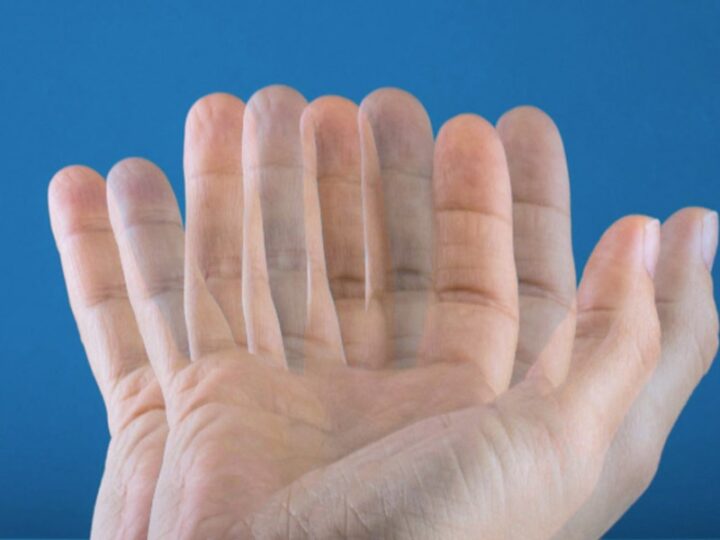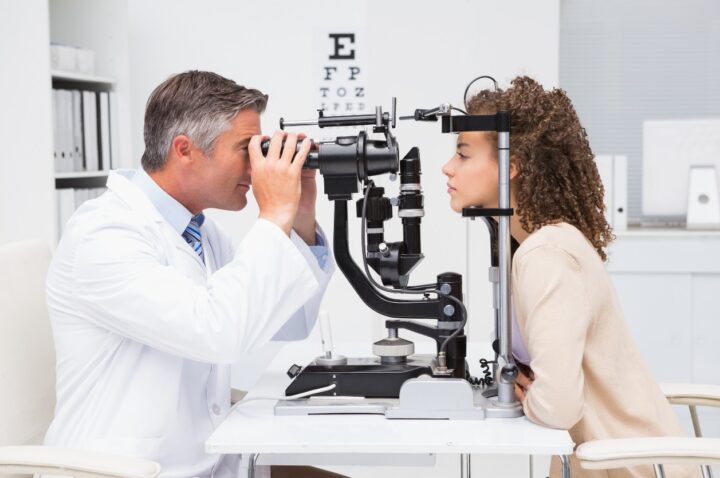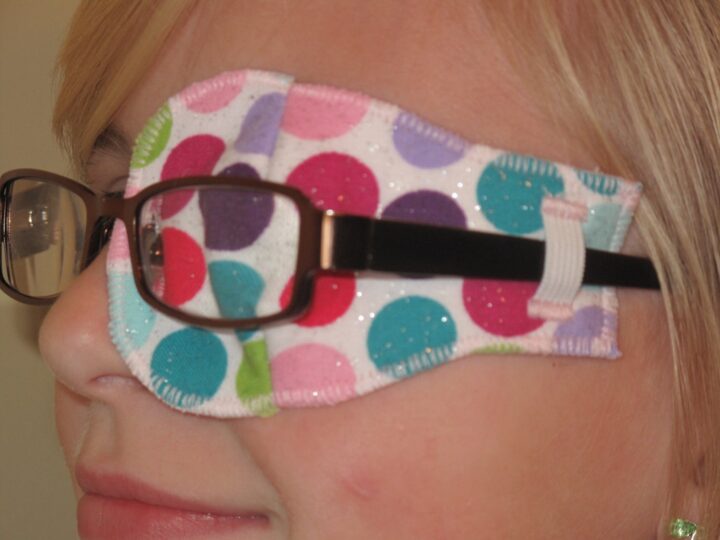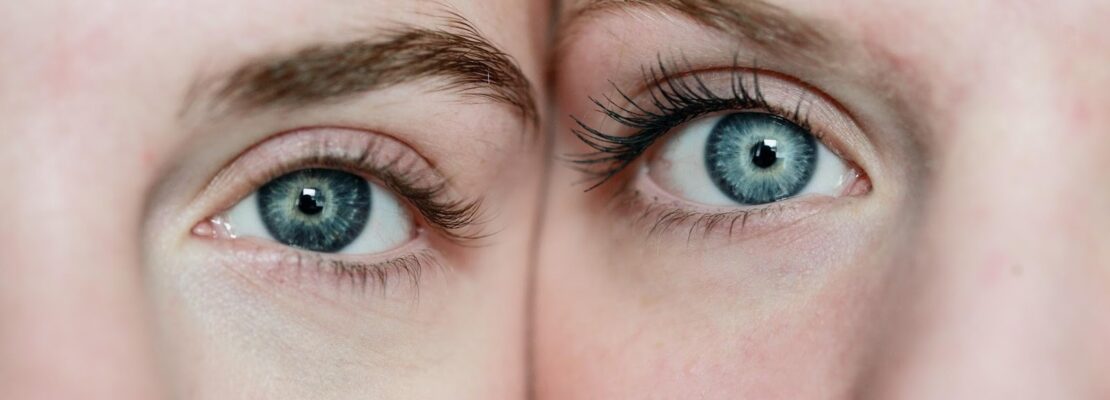Colloquially referred to as double vision, Diplopia is a visual anomaly that transforms a singular object into two distinct images. The disconcerting nature of this condition reverberates beyond mere inconvenience, significantly impacting the fabric of one’s daily existence.
In the following article, we comprehensively explore the causes of diplopia. Additionally, we will analyze diverse treatment options, offering insights and solutions aimed at alleviating the challenges posed by this intriguing visual impairment.
Understanding Diplopia

What is Diplopia?
Diplopia, commonly known as double vision, ensues when the eyes lose their ability to align correctly, resulting in the perception of two images instead of one.
The misalignment may take various forms—horizontal, vertical, or diagonal—and can occur persistently or intermittently. This visual disarray prompts conflicting signals to reach the brain from the misaligned eyes, culminating in the experience of double vision.
This condition intricately disrupts the seamless coordination between our eyes, unveiling an intriguing challenge that impacts one’s daily life. For those grappling with diplopia causes and treatment, a comprehensive approach becomes paramount in restoring visual harmony.
Types of Diplopia
- Binocular Diplopia: This type occurs when both eyes fail to work together, leading to double vision. It is often associated with eye muscle problems or nerve dysfunction.
- Monocular Diplopia: In this case, double vision is experienced in one eye only. It is typically caused by issues such as astigmatism, cataracts, or other abnormalities in the eye itself.
- Intermittent Diplopia: Patients experience diplopia that comes and goes rather than being constant. This can occur with conditions like myasthenia gravis, which cause variable weakness of the eye muscles.
- Horizontal Diplopia: Double vision is seen side-to-side. This suggests dysfunction of one of the horizontal eye movement muscles.
- Vertical Diplopia: The diplopia is oriented up and down rather than side-to-side. This points to issues with one of the vertical eye muscles.
- Tilted Diplopia: Patients see a tilted or oblique double image indicating an imbalance of the eye muscles that rotate the eyes.
- Physiologic Diplopia: Temporary and normal double vision can occur when looking at objects in extreme sideways gaze. This quickly resolves by recentering the gaze.
Diplopia Causes

Understanding the underlying causes of diplopia is crucial for effective treatment. Several factors contribute to this condition:
Muscle Weakness or Paralysis
Muscles control eye movements, so weakness or paralysis can disrupt proper eye alignment. Conditions such as myasthenia gravis or cranial nerve palsies can lead to muscle dysfunction, resulting in diplopia.
Nerve Dysfunction
Damage to the nerves responsible for eye movement can cause diplopia. Conditions like multiple sclerosis or diabetic neuropathy may affect these nerves, leading to misalignment of the eyes.
Refractive Errors
Uncorrected refractive errors, such as astigmatism, can cause monocular diplopia. This occurs when light entering the eye is not properly focused on the retina, leading to distorted images.
Trauma or Injury
Head injuries or trauma to the eye muscles can disrupt the delicate balance of eye movement, causing diplopia. Proper diagnosis and treatment are essential to address the specific effects of the injury.
Eye Diseases and Conditions
Certain eye diseases, like cataracts or macular degeneration, can contribute to diplopia. These conditions affect the structure of the eye, impacting its ability to focus properly.
Thyroid Eye Disease
An autoimmune condition that affects the thyroid gland can also impact eye muscles, leading to diplopia. Inflammation and swelling in the eye sockets can result in misalignment.
Diagnosing Diplopia

Accurate diagnosis is crucial for effective treatment. An ophthalmologist will perform a comprehensive eye examination, including:
- Visual Acuity Test to assess the sharpness of vision.
- Cover Test to observe eye movement and alignment.
- Refraction Test to identify refractive errors.
- Neurological Examination to check for nerve damage or other neurological issues.
In some cases, advanced imaging tests like MRI or CT scans may be necessary to identify underlying structural problems.
Diplopia Treatment Options
Corrective Lenses
For cases related to refractive errors, prescription glasses or contact lenses can help restore proper vision. The right corrective lenses can often address astigmatism and other focusing issues.
Eye Muscle Exercises
Certain eye exercises prescribed by an eye care professional can help improve muscle strength and coordination. These exercises are particularly beneficial for cases where muscle weakness or paralysis is the primary cause of diplopia.
Botulinum Toxin Injections
In some cases of muscle imbalance, particularly due to conditions like myasthenia gravis, botulinum toxin injections may be recommended. These injections help temporarily paralyze specific eye muscles, allowing for better alignment.
Prism Lenses
Doctors can add prism lenses to eyeglasses to alter the way light enters the eyes, effectively reducing double vision. This non-invasive option can be particularly helpful for those with binocular diplopia.
Surgery
Surgical intervention may be necessary for cases where diplopia is caused by structural issues or severe muscle imbalance. Surgical procedures can correct muscle alignment, restoring single vision.
Treatment of Underlying Conditions
Addressing the underlying causes of diplopia is essential for long-term management. This may involve treating conditions such as diabetes, thyroid disorders, or autoimmune diseases contributing to visual impairment.
Living with Diplopia

Managing diplopia goes beyond medical interventions. Individuals experiencing double vision should consider practical strategies to improve their daily lives:
- Use of an Eye Patch: In cases of monocular diplopia, wearing an eye patch over the affected eye can eliminate double vision.
- Adjusting Lighting: Ensuring proper lighting conditions can minimize visual strain and reduce the severity of diplopia.
- Head Positioning: Experimenting with head positioning can sometimes help individuals find a more comfortable and visually stable orientation.
- Regular Follow-up with Healthcare Providers: Ongoing communication with eye care professionals is essential to monitor progress and make necessary adjustments to the treatment plan.
Conclusion
Diplopia, though challenging, is a condition that can be effectively managed with the right diagnosis and treatment. Understanding the causes and available treatment options empowers individuals to take proactive steps toward better visual health.
If you or someone you know is experiencing double vision, seeking prompt medical attention is crucial for a comprehensive evaluation and tailored treatment plan. Diplopia causes and treatment strategies are diverse, offering hope for improved vision and quality of life.




